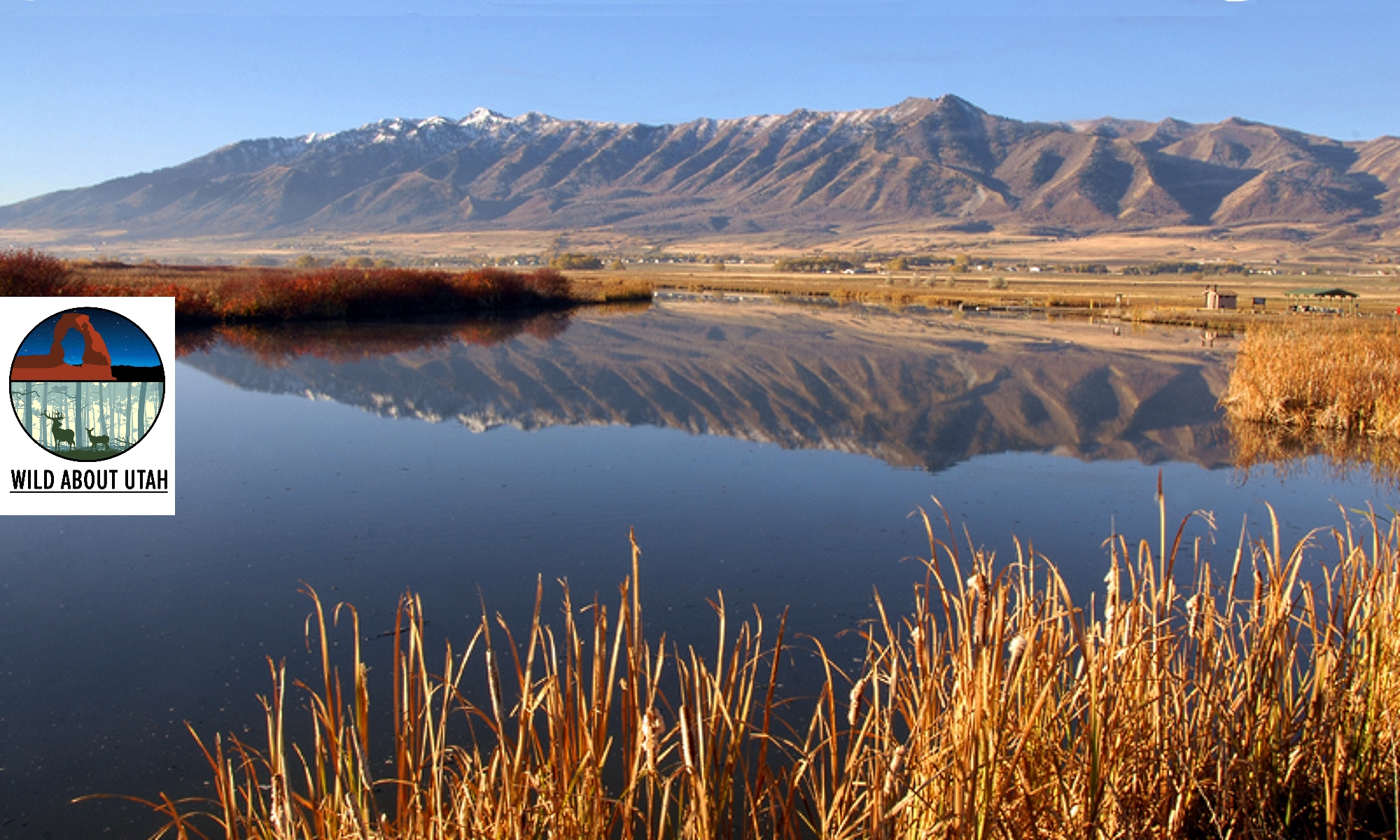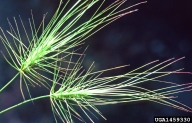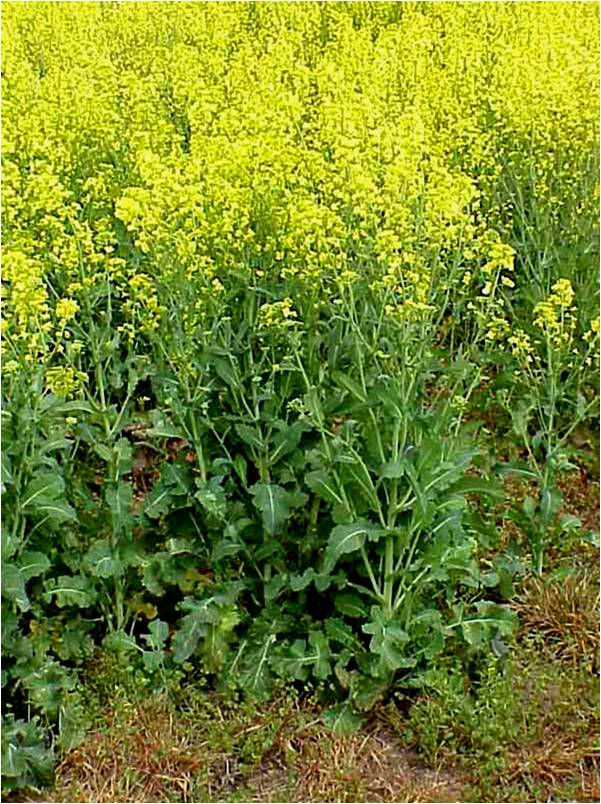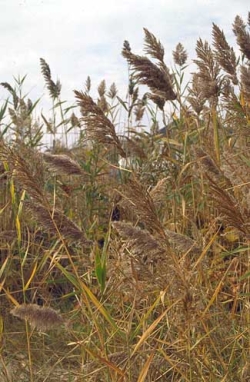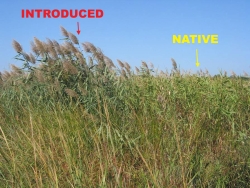
Taraxacum officinale Weber
Copyright © 2002 Roger Banner, Intermountain Herbarium, USU
First, why does dandelion pop up so quickly in the garden? There are two key reasons you may find yourself battling dandelion in your garden: 1. It is trying to stabilize and cover the disturbed and exposed soil in an attempt to restore and rebuild fertility, 2. It’s deep taproot serves as a nutrient accumulator, where it pulls nutrients from deeper in the soil and brings them to the surface for other plants and microbial life to use. Why does this happen? Conventional lawns and gardens mimic immature ecosystems and as a result, are usually dominated by early succession plants.
In the words of permaculture designer Toby Hemenway, “The bare earth and disturbed soil in a vegetable garden or under clean-cultivated shrubs sing a siren song to weeds, which eagerly cover naked ground, pull nutrients out of underlying mineral and rock, and prepare the locale for more mature ecosystem such as shrubland and forest. A pure expanse of well-watered grass is aching, in natures scheme, for a blitzkrieg from seedlings and shrubs or, at the very least, a spike in diversity via fast-growing annual weeds.” So, the next time you find dandelion or other weeds in your lawn and/or garden, remember, they are working to diversify the space and help mend the soil that has been disturbed.
But for the gardener, it gets better than just understanding dandelion’s role in the succession of soil because many parts of dandelion are not just edible, but delicious! The common weed has been used for centuries in traditional medicine practices worldwide, as a restorative tonic, edible food, and in herbal wines and beers. Dandelion is extremely versatile in the kitchen and can add zip to any meal. Buds and leaves are best when picked young. The leaves are edible both raw and cooked; try them tossed in your favorite stir-fry, salad, or soup. Flowers are great frittered or used in dandelion wine, while the roots are often steeped for tea or pickled. Dandelion root tea is a common health supplement used mainly for its mild diuretic properties. When roasted, dandelion root makes for a cleansing, caffeine-free beverage that can serve as a coffee substitute given a mild relation to coffee in taste.
And the icing on the cake? Dandelions are chock full of health benefits. They are rich in vitamin-A, C, iron, calcium, detoxifiers and can aid with bone health, liver disorders, diabetes, urinary disorders, skin care, acne, weight loss, cancer, jaundice, gall bladder disorders, anemia, and high blood pressure.
So the next time you see dandelion pop up in your garden, don’t just weed it, eat it!
For Utah State University Extension Sustainability, this is Roslynn Brain.
Credits:
Photos: Courtesy and Copyright 2002 Roger Banner, Intermountain Herbarium, USU
Text: Roslynn Brain, Utah State University Extension Sustainability
Sources & Additional Reading:
Holly Strand, Dandelions, WildAboutUtah.org, April 21, 2011, https://wildaboututah.org/dandelions/
Jack Greene, Pioneer Day Edible Native Plants, WildAboutUtah.org, July 13, 2015, https://wildaboututah.org/pioneer-day-edible-native-plants/
Hinkamp, Dennis, “Take the Bite Out of Lion’s Teeth (Dandelions)” (2001). All Archived Publications. Paper 885. https://digitalcommons.usu.edu/extension_histall/885
https://extension.usu.edu/files/publications/factsheet/pub__5928742.htm
Dandelion, Range Plants of Utah, USU Extension, https://extension.usu.edu/rangeplants/htm/dandelion
Lesica, Peter, Consider the Dandelion Before You Dig, Page 8, Contained in SegoLily, Newsletter of the Utah Native Plant Society, March 2011 (volume 34 number 2) https://www.unps.org/segolily/Sego2011MarApr.pdf
